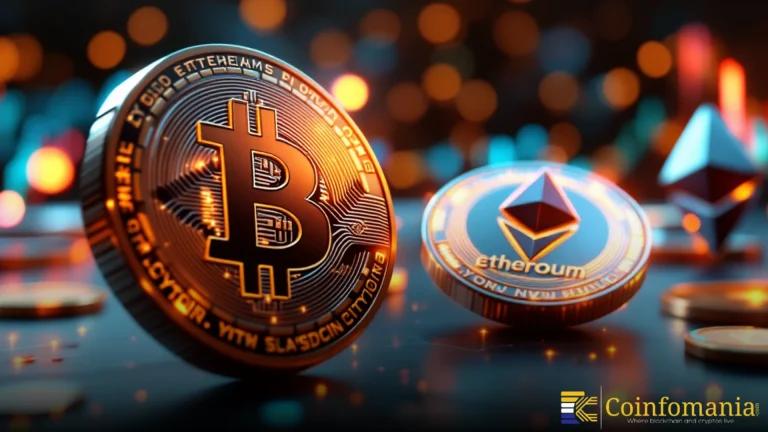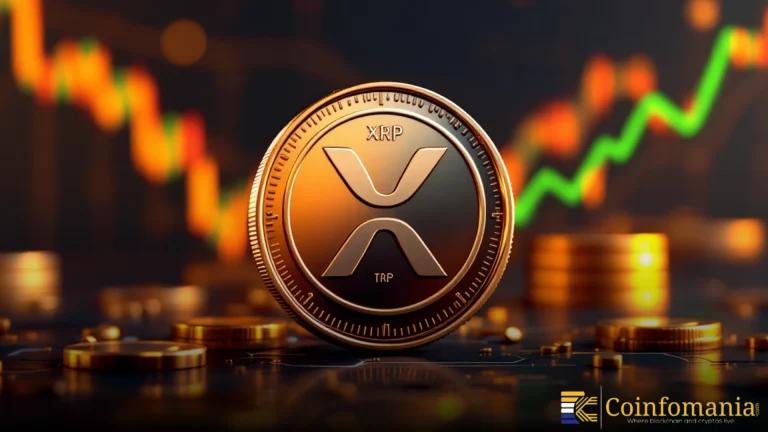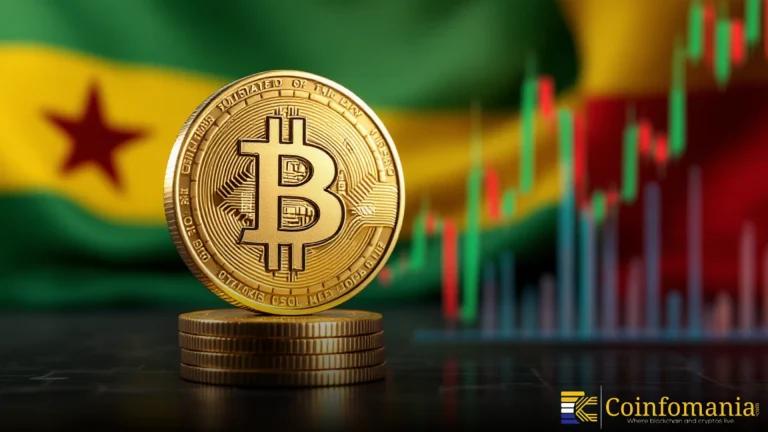Max Avery Reacts to Ripple and BCG Tokenization Whitepaper Highlighting the Shift in How Value Transfers Will Reshape Global Financial Systems
Discover how Ripple and BCG forecast $18.9T in tokenized assets by 2033. Max Avery breaks down why programmable finance is the future of financial systems.

Quick Take
Summary is AI generated, newsroom reviewed.
Tokenized assets may hit $18.9T by 2033.
Legacy finance will be replaced by programmable systems.
Institutions must act now to stay competitive.
The tokenization of financial assets has the potential to revolutionize value transmission in global markets, as noted by Ripple and Boston Consulting Group (BCG) in their groundbreaking whitepaper, Approaching the Tokenization Tipping Point. The report’s bold forecast that tokenized real-world assets will rise from $0.6 trillion in 2025 to $18.9 trillion by 2033 was echoed by Max Avery. This is a substantial shift from static, paper-based systems to dynamic, software-driven ones, marking a major advancement in programmable finance and digital asset infrastructure.
Tokenization Is Set to Overhaul Legacy Financial Infrastructure
The whitepaper asserts that today’s financial systems, built on outdated technology, cannot meet the speed, transparency, or scalability that modern finance demands. Avery echoed this, noting how the tokenization of financial assets will create fast, automated, and interoperable networks. Ripple and BCG describe this as a re-architecture of global finance, where bonds, equities, and funds become programmable, tradable, and accessible around the clock. This transformation will empower institutional investors and enable real-time capital mobility.
It is anticipated that the use of tokenized assets will increase across industries as regulatory frameworks develop. The analysis projects that tokenized real-world assets would rise at a compound annual growth rate of 53% due to developments in blockchain platforms such as Ripple XRP Ledger. These systems are already being used by institutional investors to lower expenses, enhance compliance, and boost liquidity. Programmable contracts and frictionless, digital settlement are the way of the future for value exchange; these represent a significant departure from the disjointed, sluggish systems of today.
Why Programmable Finance Is Gaining Institutional Momentum
Max Avery emphasized that programmable finance goes beyond digital representation—it brings automation and intelligence into how assets behave. Ripple and BCG argue that programmable assets can reduce risks and simplify compliance through built-in logic and smart contracts. Additionally, tokenized assets improve access, allowing a wider range of participants to engage in fractional investment and global trade.
Early signs of this shift are visible as pilot programs expand across capital markets. Tokenized treasuries, real estate, and tokenized commodities are entering regulated environments. Real-world assets are being digitized, secured, and traded using blockchain rails. The paper suggests that within a few years, most institutional portfolios will feature tokenized instruments. This shift reflects not just new technology, but a new financial philosophy rooted in transparency, speed, and programmable trust.
Adoption of Tokenization Will Accelerate by 2027
Ripple and BCG expect nearly 80% of financial firms to engage with tokenized infrastructure by 2027. Avery points out that as this adoption unfolds, existing barriers like liquidity fragmentation and delayed settlement will be resolved. The tokenization of financial assets will soon be standard practice, not just an experiment. Ripple’s scalable blockchain tools and global partnerships place it at the forefront of this transformation.
What’s Next: Institutional Investors Must Prepare for Digital Asset Integration
The rise of tokenization of financial assets will redefine finance as we know it. With real-world assets becoming programmable, banks and institutions need to invest now in blockchain infrastructure, smart contract development, and compliance frameworks. As Ripple and BCG show, this isn’t just innovation, it’s infrastructure. The winners of the next decade will be those who adapt early, embrace interoperability, and position themselves at the center of a truly digital financial future.
References
Follow us on Google News
Get the latest crypto insights and updates.


